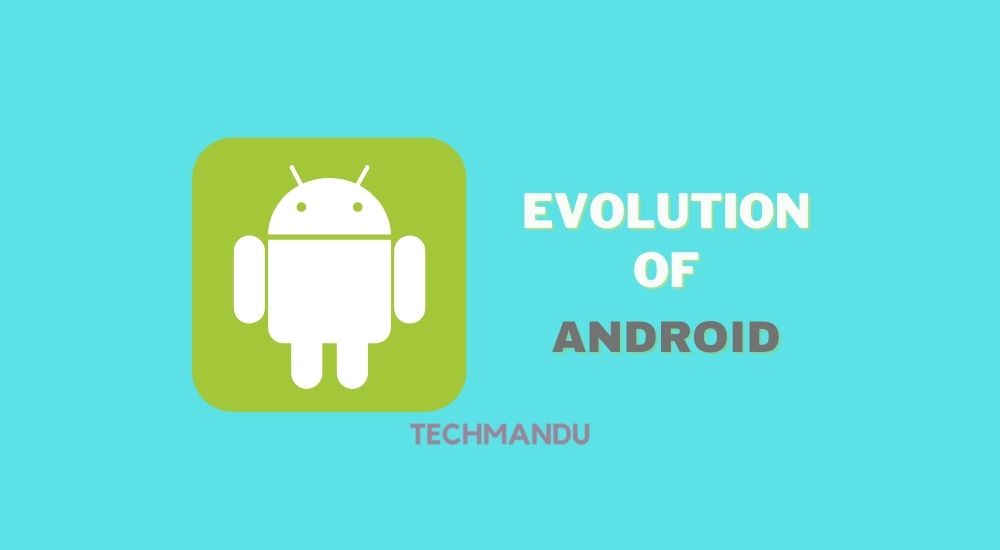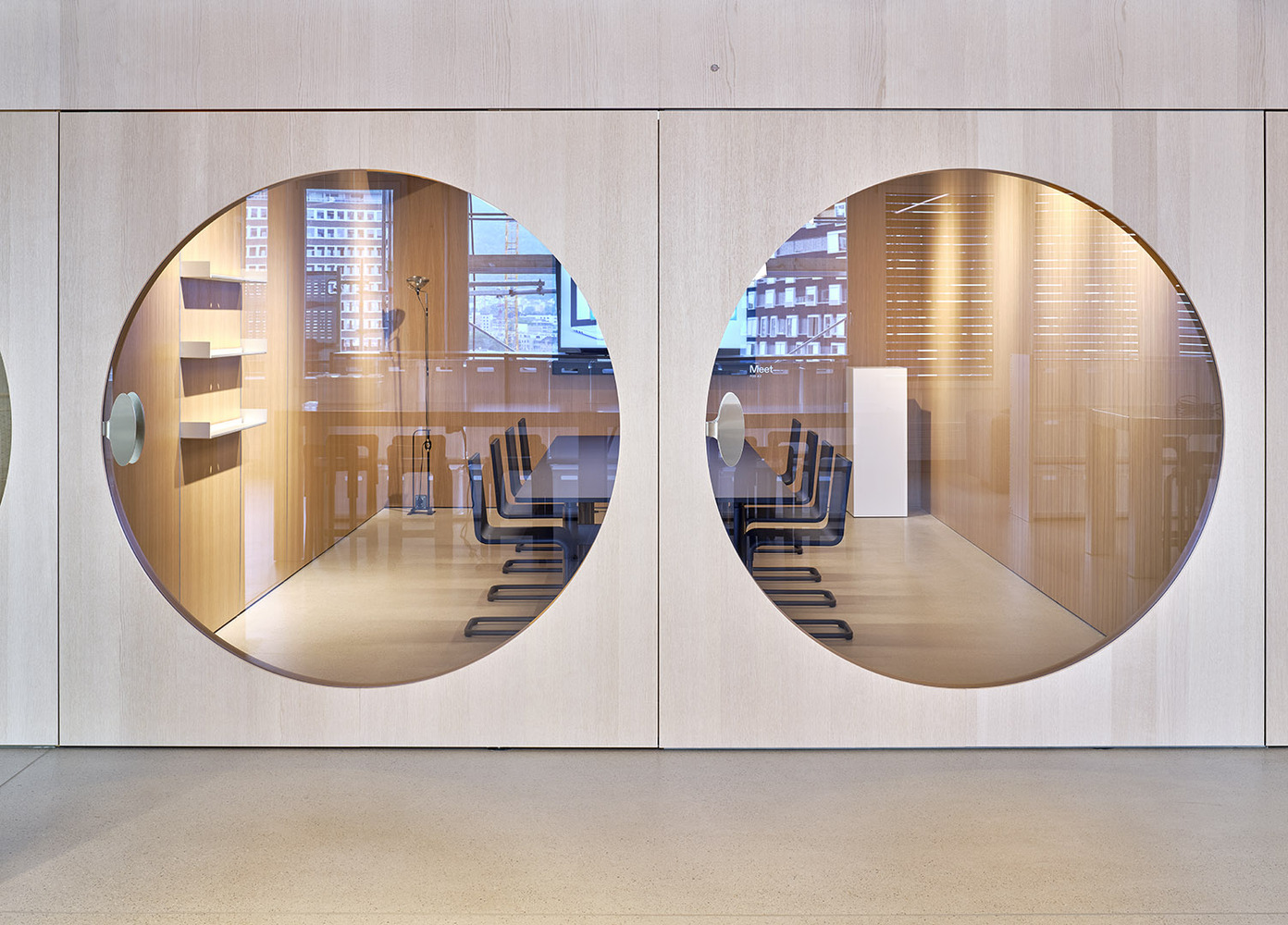The Evolution Of Android's Design Language

Table of Contents
The Early Days: Android 1.0 - 2.3 (Cupcake - Gingerbread) – A Fragmented Landscape
The early days of Android (versions 1.0 to 2.3, encompassing Cupcake to Gingerbread) were characterized by a distinct lack of a unified design language. This resulted in a fragmented user experience, with apps sporting wildly different interfaces and visual styles. The absence of comprehensive Android Design Guidelines (pre-Holo era) meant developers had considerable freedom, often leading to inconsistencies across devices and applications.
- Inconsistent App Interfaces: Early Android apps lacked a cohesive visual style, leading to a disjointed user experience. Navigation patterns, button styles, and overall aesthetics varied greatly.
- Diverse Widgets and Design Elements: A plethora of widgets and design elements existed, with no clear guidance on their proper usage or visual consistency. This resulted in apps looking drastically different from one another.
- Developer Challenges: The lack of established design principles created significant challenges for developers, making it difficult to create apps that felt consistent and integrated with the operating system.
- Early Attempts at Standardization: Though rudimentary, early attempts were made to establish some basic design principles, paving the way for the later introduction of more comprehensive guidelines.
Holo: Establishing a Visual Identity (Android 3.0 - 4.4)
With Android 3.0 (Honeycomb) and the subsequent release of Android 4.0 (Ice Cream Sandwich), Google introduced Holo, the first major attempt at a unified Android design language. Holo brought much-needed visual consistency to the platform. This marked a turning point in the user experience, offering a more polished and unified look and feel.
- Flat Design Elements: Holo embraced a flatter design aesthetic, moving away from the skeuomorphic designs prevalent in earlier versions.
- Improved Typography: A more refined and consistent typography system was introduced, significantly improving readability.
- Consistent Color Palette: Holo established a unified color palette, providing a consistent visual identity across apps and the operating system itself.
- Key Design Elements: Holo introduced crucial design elements like action bars, consistent button styles, and improved dialog boxes, improving overall UI consistency.
Material Design: A Modern Approach (Android 5.0 - 11)
Launched with Android 5.0 (Lollipop), Material Design revolutionized the Android experience. It introduced a new visual language based on paper and ink metaphors, focusing on depth, shadows, and realistic lighting to create a more engaging and intuitive user interface.
- Depth, Shadows, and Realistic Lighting: Material Design employed shadows and subtle lighting effects to create a sense of depth and hierarchy within the interface, making it easier for users to understand the relationships between different elements.
- Cards and Visual Organization: The use of cards became a hallmark of Material Design, providing a clear and organized way to present information.
- Evolution and Refinements: Material Design wasn't static. Throughout Android versions 5.0 to 11, it underwent continuous refinements, updates, and improvements based on user feedback and technological advancements.
- Accessibility and Cross-Platform Consistency: Material Design significantly improved accessibility by providing clear visual cues and guidelines for developers to follow, ensuring a more inclusive experience for all users. It also aimed for cross-platform consistency, creating a similar experience across different Android devices.
Material You: Personalization and Dynamic Themes (Android 12 Onwards)
With Android 12 and beyond, Google introduced Material You, building upon the foundations of Material Design. Material You prioritizes personalization and dynamic theming, allowing users to customize their Android experience to match their preferences.
- Dynamic Theming: Material You uses the user's wallpaper to generate a unique color palette, automatically adapting the system's colors and accents.
- User Preferences: The system adapts to user preferences, offering customized settings and options for widgets, icons, and overall interface style.
- Improved User Experience: Material You enhances the overall user experience by providing a more tailored and personalized interface.
- Visual Impact: Material You has had a significant impact on the look and feel of the Android system, making it more visually appealing and user-friendly.
Conclusion
From the fragmented landscape of early Android to the highly personalized Material You, the evolution of the Android design language reflects a relentless pursuit of visual consistency, intuitive interaction, and user-centric design. Each stage – the early attempts, the unifying Holo design, the modern approach of Material Design, and the personalized Material You – represents a significant step forward. This evolution has not only improved the user experience but has also guided developers in creating consistent and aesthetically pleasing apps. Want to learn more about the intricacies of Material You and how it's shaping the future of Android app design? Explore our other articles on [link to related article] and stay updated on the latest developments in the Android Design Language.

Featured Posts
-
 Giants Padres Game Prediction Analyzing A Padres Outright Win Or Narrow Defeat
May 16, 2025
Giants Padres Game Prediction Analyzing A Padres Outright Win Or Narrow Defeat
May 16, 2025 -
 Jalen Brunsons Ankle Recovery Progress And Sundays Game Outlook
May 16, 2025
Jalen Brunsons Ankle Recovery Progress And Sundays Game Outlook
May 16, 2025 -
 Foot Lockers New Global Headquarters A Florida Relocation
May 16, 2025
Foot Lockers New Global Headquarters A Florida Relocation
May 16, 2025 -
 Urgent Boil Water Advisory In Effect For Robinson Brown County
May 16, 2025
Urgent Boil Water Advisory In Effect For Robinson Brown County
May 16, 2025 -
 Get Ready For Andor Season 2 A Complete Recap Of Season 1
May 16, 2025
Get Ready For Andor Season 2 A Complete Recap Of Season 1
May 16, 2025
